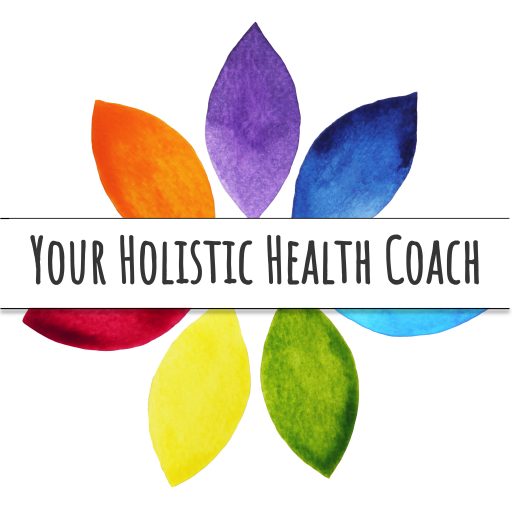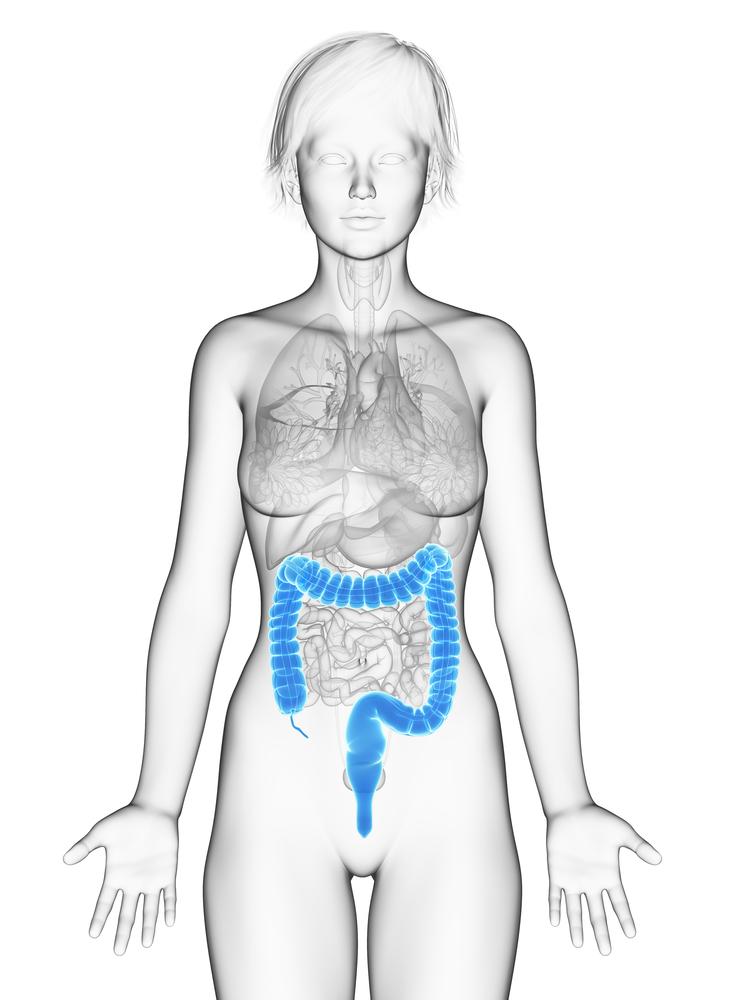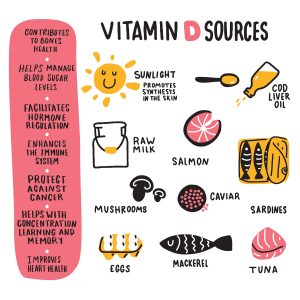Autoimmune disease diagnoses are rising. Psoriasis, psoriatic arthritis, rheumatoid arthritis, lupus, multiple sclerosis, Celiac disease, and autoimmune thyroid disease are no longer rarities. There are now more than 100 diseases classified as as autoimmune in nature… and the list is growing. In this article, I”ll be sharing 6 Strategies to Reverse Autoimmune Disease.
In the United States alone, over 50 million people are living with Autoimmune disease. That number doesn’t even include people who have undiagnosed, strange or difficult to classify issues like chronic inflammation, pain, moodiness and general sickness symptoms that are not attributed to any known disease.
What are autoimmune diseases?
Your immune system is your defense mechanism. It protects against germs, viruses, bacteria, allergens, and foreign matter that can harm your health.
When your immune system gets confused it can attack your own tissues, shut down and attack nothing or ramp up and attack everything!
Autoimmune diseases can affect skin, bones, joints, brain, nerves, gut lining or sometimes entire organs and organ systems.
Traditional Treatment Approach for Autoimmune Issues
Conventional medicine usually looks to manage symptoms. For example, anti-inflammatories and basic pain relievers like Naproxen, Ibuprofen and Acetaminophen are used for swelling and pain. Steroids like Prednisone, immune suppressants like methotrexate, or TNF-a blockers like Enbrel may be prescribed next. While those can ease symptoms, they can also cause a host of ugly side-effects (just read the fine print on any of the drug ads!)
Don’t get me wrong. Some medications can save lives. They can slow or stop disease process and help people get their lives back. They can also trigger a cycle of endless pill popping and injections, new or different symptoms and a cascade of subsequent issues. What if there was a different way to approach autoimmune imbalance? And, what if that way focused on more than just symptoms?
What If We Take a Different Approach?
You wouldn’t use a band-aid to treat a broken bone, so why use medications to mask/patch autoimmune issues. While some of the newer therapies target specific genes, the traditional approach is to suppress, block, or mask the problem WITHOUT understanding the cause.
Cholesterol medication, for example, blocks the enzymes that produces cholesterol but doesn’t address why cholesterol may be high in the first place. Those meds deplete the body of CoQ10 (which is key for heart and brain health) and give people a false sense of success. Cholesterol may drop, but the body is no better balanced than before. Without addressing diet, stress, physical activity and genetics, the traditional approach is basically band-aid for a broken bone (again).
What would happen if we dig in and ask the right questions?
- Why is the body out of balance?
- When was the last time you felt well? (How long has this been going on?)
- What role does nutrition, exercise and stress play in your life and health?
A Functional Approach
Instead of suppressing and masking the issue, how different would our plan be if we could understand the roots of the imbalance? A band-aid is not going to mend your arm if your bone is broken. You need to align and set the bone and let it heal.
If you are one of the 50 million Americans who suffers from an autoimmune condition, I bet you would like to find REAL answers and get off the hamster wheel of meds, appointments and frustration.
The conventional approach does not necessarily look in the right places or or ask the right questions.
A Functional approach looks at everything. We take steps to clear the muddy water, THEN assess and map out the points of assault or imbalance. This approach not only asks what you are experiencing but also, why is this happening, how long has this been going on, where does your body need support?
When we know the cause of inflammation, we can support the body so foundational healing can happen. Stress, food allergies, food sensitivities, gut permeability, parasites, blood sugar issues, toxins, genetics, nutrient deficiencies, sleep issues, constipation/gut imbalance can all be parts of the equation.
To cool inflammation in the body, you must find the source and understand why the body is inflamed. Again, conventional medicine and the traditional approach asks “what” but not necessarily why, what else, or how long?
Functional Nutrition, like Functional Medicine, teaches practitioners to assess and understand the body as a system in addition to it’s parts. The Functional model looks for causes, holes, stressors and assaults. The goal is to restore balance by understanding the interconnectedness of life, stress, body and mind.
Working with a Functional Nutritionist
If you have an autoimmune disease, I strongly encourage you to work with a Functional Nutritionist. Together, you can identify root cause(s) and take steps to sure up your foundation. The process often feels like detective work. It involves trial and error… patience, practice and trust (but I’ve never had a client say it wasn’t worth it!) People who see me have often seen many practitioners already, had a ton of labs and tried what feels like everything. They come in feeling defeated and wondering if anyone can help. After the initial assessment, most people report feeling heard, finally feeling as though someone is looking at the big picture while also caring deeply about the details and about the connections. Hope is a feeling that people talk about when working with me. There is also frustration that other practitioners don’t work this way.
6 Strategies to Reverse Autoimmune Disease
When clients see me about autoimmune imbalance, we often start with these 6 strategies. They help calm, clear and firm up a healthy foundation.
Eat a whole food, anti-inflammatory diet.
Focus on dark green leafy vegetables, garlic, sweet potatoes, berries (these are rich in polyphenols), wild salmon and other sources of omega-3 fats, seeds and nuts. Enjoy herbs like turmeric, ginger, and rosemary. Eliminate inflammatory foods including refined oils, processed foods and sugar.
Address food sensitivities and food allergies.
Whether through an elimination diet*, standard allergy testing or IgG food testing, we can determine what foods are not working well for your body. Test specifically for Celiac Disease. This is a blood test any doctor can do. Gluten is a common cause of inflammation and autoimmune imbalance. *My Seasonal Detox can get you off to a good start!
Support your gut.
80 percent of your immune system is in the lining of your gut. If the gut is irritated or if the gut lining becomes too permeable then your immune system can think something is up and activate improperly. The easiest way to support gut health is to reduce toxins and triggers, then rebuild by focusing on a nutrient-dense whole food, anti-inflammatory diet.
Exercise regularly.
Research shows that exercise is a natural anti-inflammatory. Do not add stress or overexert yourself. Start moving in whatever ways you are able. Take a short walk or do seated arm raises and leg lifts.
Work on your stress.
Stress makes your immune response worse. Whatever you can do to identify and ease stress in you life, do it! Some people find yoga, breath work, time in nature, exercise, a warm bath or massage helpful.
Sleep for 8 hours every night.
The research is in! Lack of sleep or disturbed sleep impacts metabolism, memory, recall and focus, causes cravings for sugar and carbs, makes you eat more (and feel less satisfied with what you’re eating) and drives up your risk of all major illnesses. Getting enough sleep and sleeping well are essential for vibrant health and reversing inflammation.
If you are suffering from an autoimmune disease or suspect that you have an autoimmune imbalance…
Are you frustrated with the conventional-medicine approach?
Feeling ready to finally get to the bottom of it and get your life back?
Are you already using one or more of my 6 Strategies to Reverse Autoimmune Disease?
Click this link and schedule a free Discovery Call. When you schedule your call, you’ll get instant access to a 7-Day Anti-Inflammatory Meal Plan to get you started. Let’s talk about what else we can do to help you feel better.

 Surprising Reason #1:
Surprising Reason #1:


